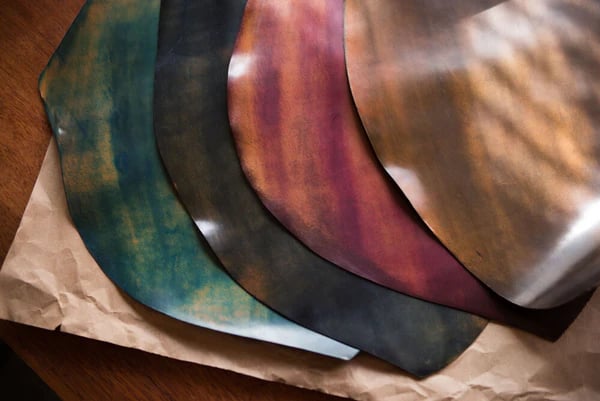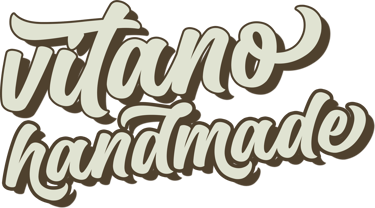The History of Leather Tanning: From Ancient Craft to Modern Industry
History of the Leather Industry
Vitano Handmade
5/16/20252 min read


# The History of Leather Tanning: From Ancient Craft to Modern Industry
Leather has been an essential material for human civilization for thousands of years, prized for its durability, versatility, and beauty. The process of tanning—transforming raw animal hides into stable, long-lasting leather—has evolved significantly over time. Let’s explore the fascinating history of leather tanning, from its ancient origins to modern techniques.
## 1. Early Beginnings: Prehistoric and Ancient Tanning
The use of animal hides dates back to prehistoric times when early humans relied on skins for clothing, shelter, and tools. However, untreated hides would rot, stiffen, or decay quickly. Early tanning methods involved simple techniques like:
- Smoking: Exposing hides to smoke to preserve them.
- Oil rubbing: Using animal fats or brains to soften the leather (a method still used in traditional brain tanning).
- Sun-drying: Stretching and drying hides under the sun.
Around 5000 BCE, more advanced tanning methods emerged in ancient Egypt and Mesopotamia, where vegetable tannins from tree bark were discovered to preserve leather effectively.
## 2. The Rise of Vegetable Tanning
By 1500 BCE, civilizations like the Greeks and Romans refined vegetable tanning, using tannin-rich materials like oak bark, sumac, and gallnuts. This process, which could take several months, produced durable leather for:
- Armor and shields (Roman soldiers relied on leather for protection).
- Footwear and clothing.
- Scrolls and bookbinding (some of the oldest surviving books are written on leather parchment).
Leather became a valuable trade commodity, with tanneries often located near water sources for soaking hides.
## 3. Medieval and Renaissance Tanneries
During the Middle Ages, leatherworking became a specialized craft, with guilds regulating quality and trade. Tanneries were often placed outside city walls due to the strong odors from decomposing hides and tanning agents. Leather was used for:
- Horse saddles and armor (crucial for knights).
- Medieval manuscripts and luxury goods.
- Footwear and belts.
The Renaissance period saw further advancements, with alum and salt-based tanning (tawing) producing softer, white leather for gloves and fine garments.
## 4. The Industrial Revolution: Chrome Tanning
The 19th century brought a revolution in leather production with the invention of chrome tanning in 1858. This method used chromium salts to tan hides in just a few hours, drastically reducing production time. Benefits included:
- Greater flexibility and water resistance.
- Mass production for shoes, bags, and upholstery.
- A smoother, more consistent finish.
Chrome tanning became the dominant method, though vegetable tanning remained popular for high-quality goods like saddles and belts.
## 5. Modern Leather Tanning: Sustainability and Innovation
Today, the leather industry balances tradition with innovation, focusing on:
- Eco-friendly tanning: Reducing chemical use and adopting vegetable or chrome-free methods.
- Synthetic alternatives: Developing lab-grown and vegan leathers.
- High-tech treatments: Enhancing durability, softness, and color retention.
Despite modern alternatives, genuine leather remains prized for its natural beauty and longevity.
## Conclusion
From primitive smoke treatments to high-tech tanneries, leather tanning has shaped human history. Whether used in ancient armor, Renaissance books, or modern fashion, leather continues to be a timeless material—bridging the past and future of craftsmanship.
Would you like to explore a specific aspect of leather history in more detail? Let me know in the comments!
---
Tags: #LeatherHistory #TanningProcess #AncientCrafts #ModernLeather #SustainableFashion
